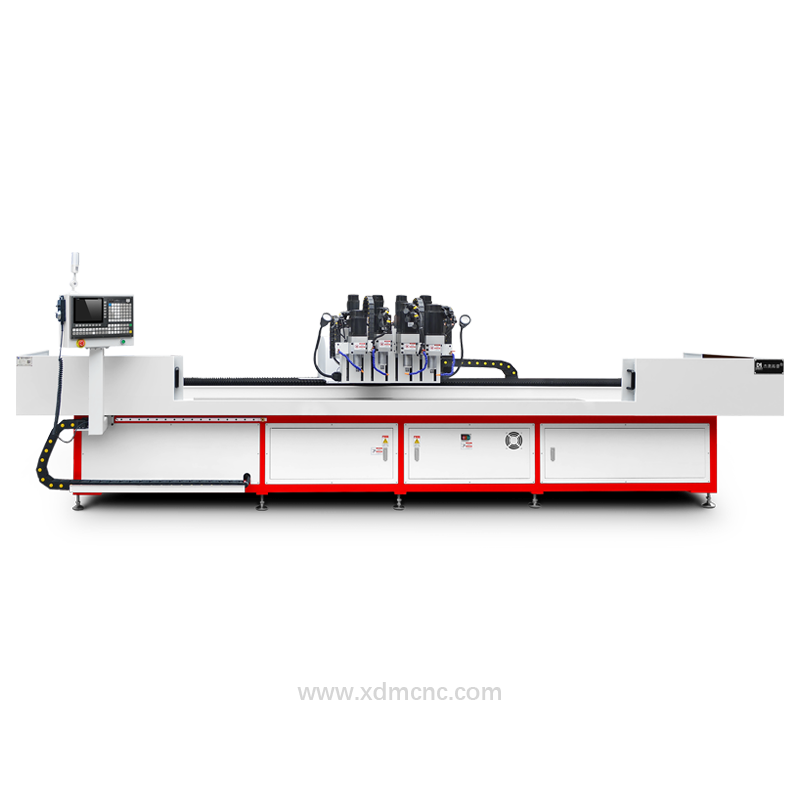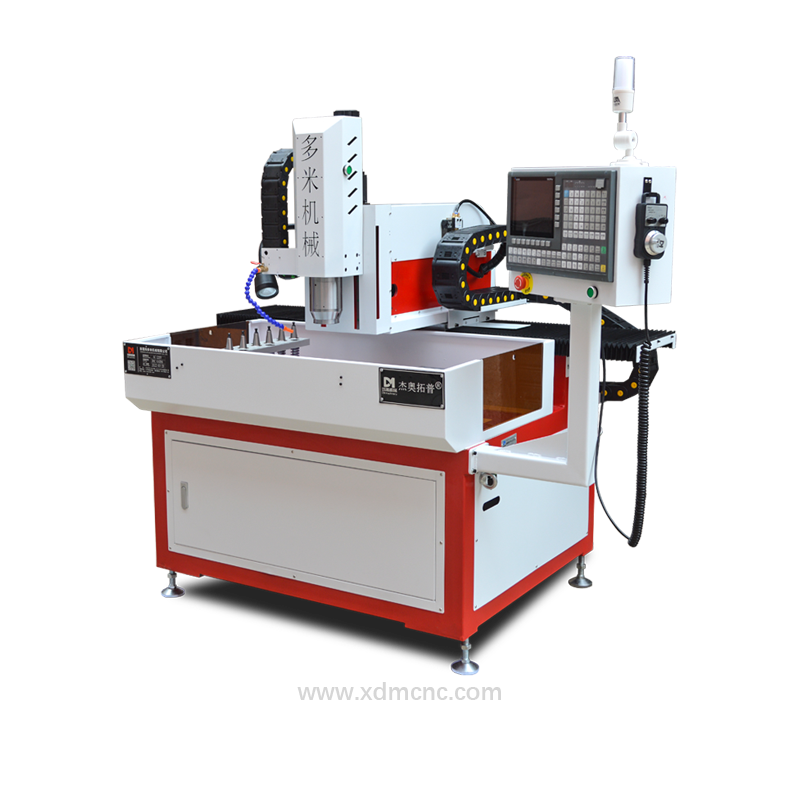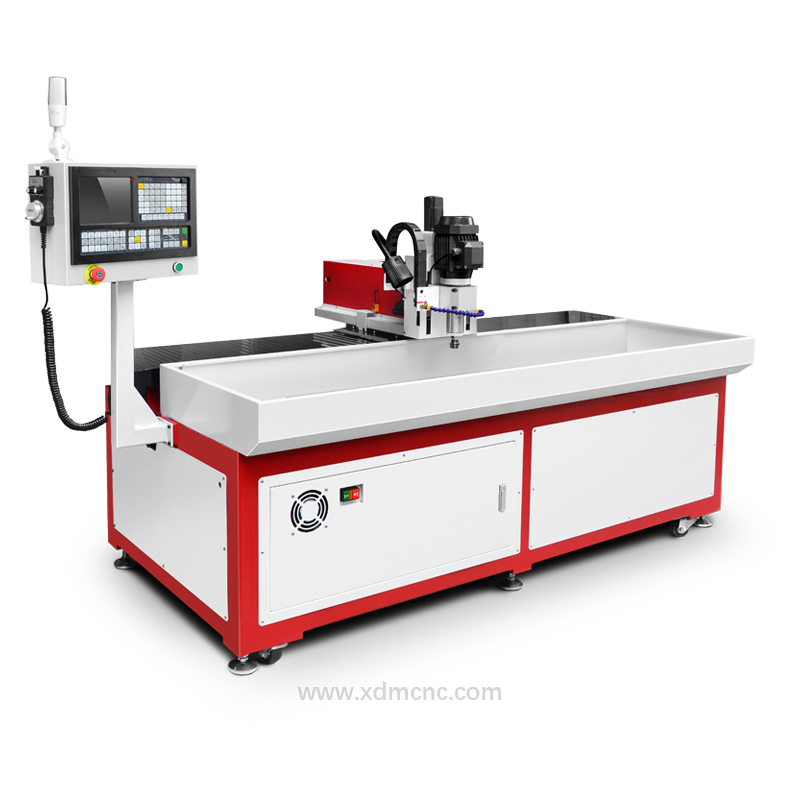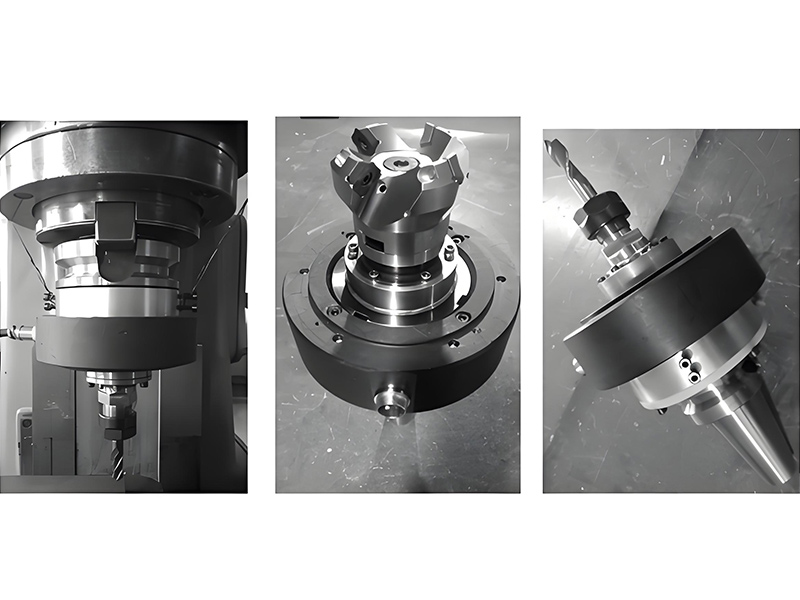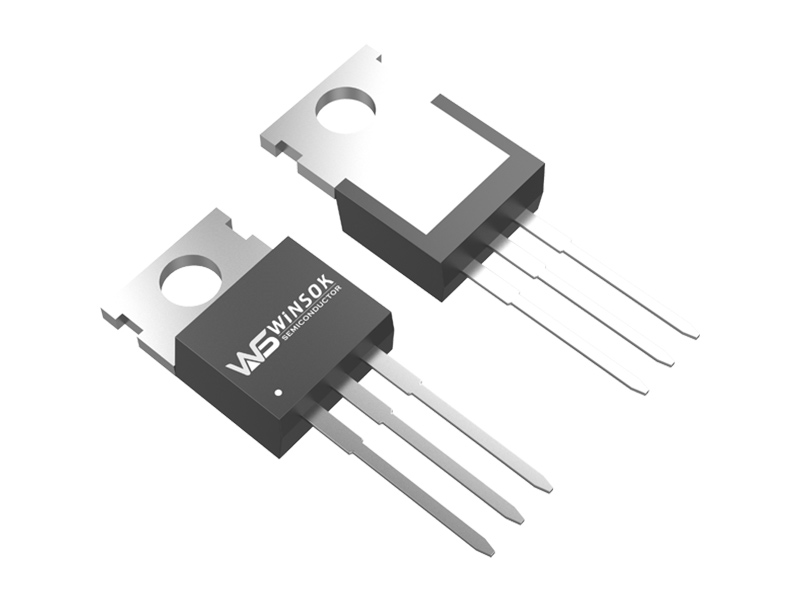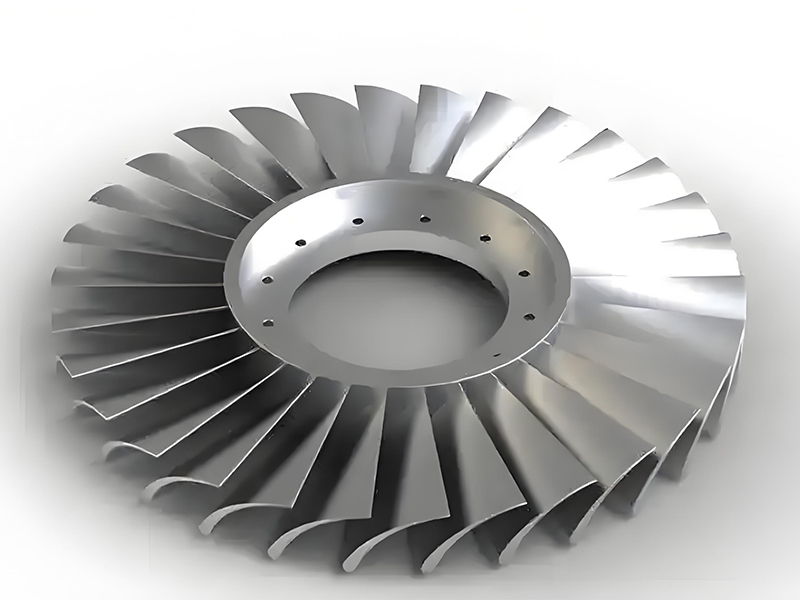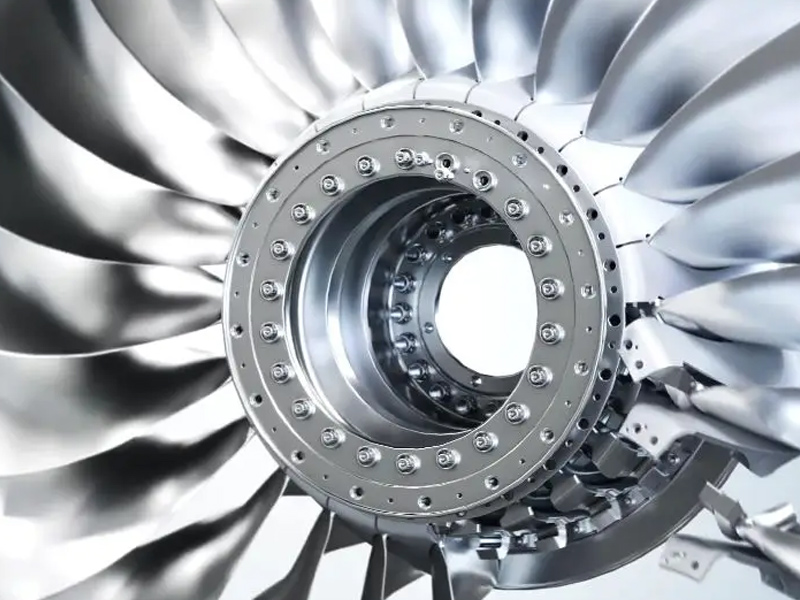Abstract
This paper systematically analyzes the technical challenges of semiconductor drilling processes in advanced packaging and chip manufacturing, focusing on innovations in CNC drilling technology regarding precision control, thermal management, and material adaptability. By comparing experimental data and industry application cases, it reveals the core value of CNC technology in improving yield and optimizing costs. Finally, combining the demands of 5G communications and AI chips, the paper predicts the development trends towards ultra-precision processing and intelligent drilling systems.
Keywords: Semiconductor Packaging, Micro-Hole Processing, CNC Drilling, Thermomechanical Stress, Processing Accuracy
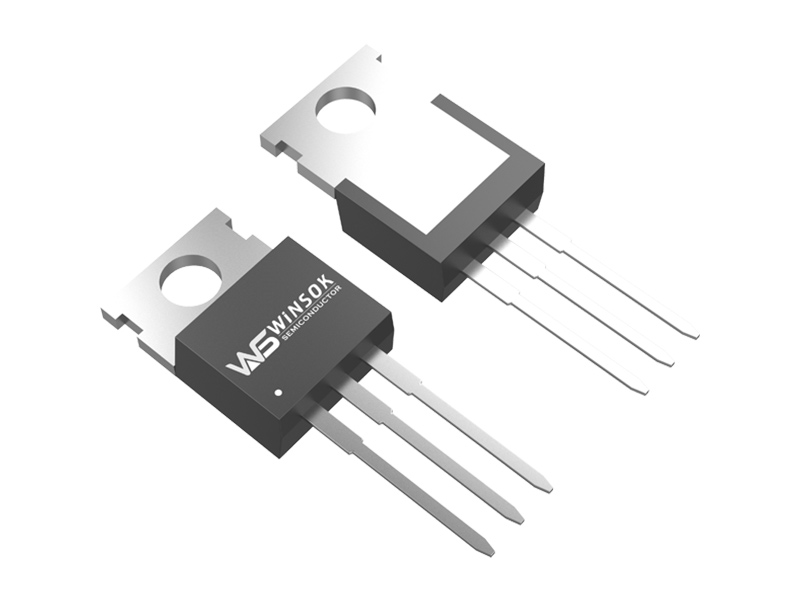
1. Introduction
As chip integration surpasses the 3nm node, 3D packaging technologies such as TSV (Through-Silicon Vias) and RDL (Re-distribution Layers) demand higher precision in micro-hole processing. Currently, drilling precision must be controlled within ±1.5μm, and the aspect ratio typically exceeds 10:1, posing significant challenges for traditional mechanical drilling. Based on the 2023 SEMI industry report, the global semiconductor drilling equipment market has reached 2.78 billion USD, but the industry's average yield remains between 82% and 87%, highlighting the urgent need for technological innovation.
2. Core Pain Points in the Semiconductor Drilling Industry
2.1 Micro-crack Issues Caused by Material Brittleness
Substrate materials such as FR-4 and ABF films have a glass transition temperature (Tg) typically below 200°C, making them prone to delamination and resin carbonization during high-speed drilling.
Experimental Data: The crack occurrence rate in BT resin substrates increases by 42% when the speed exceeds 80,000rpm.
2.2 Heat-Affected Zone (HAZ) Control Challenges
While laser drilling can achieve hole diameters in the 5μm range, heat accumulation leads to a recast layer thickness of 0.8-1.2μm on the hole wall.
Industry standards require the HAZ width to be less than 15% of the hole diameter, but the qualification rate of existing processes is only 73%.
2.3 Multi-Material Layering Compatibility
In 2.5D packaging, the difference in Young's modulus between the silicon intermediate layer and organic substrates reaches 120GPa, making it difficult for traditional equipment to achieve uniform drilling across materials.
2.4 Efficiency vs. Precision Contradiction (see Figure 1)
Statistics show that when the drilling speed increases by 20%, the standard deviation of positional accuracy increases by 0.7μm.
3. Innovations in CNC Drilling Technology
3.1 Closed-Loop Control System Architecture
The use of linear motors and grating rulers in the positioning system enables a repeat positioning accuracy of 0.1μm.
Real-time vibration compensation algorithms reduce amplitude disturbances by 30%.
3.2 Intelligent Parameter Optimization Model
A deep learning-based cutting parameter library:
Spindle speed self-adjustment range: 20,000-150,000rpm
Feed rate dynamically matched to material hardness changes.
Case: After implementing the AI control system, an OSAT company saw the CpK value increase from 1.2 to 1.8 across different batches.
3.3 Multi-Physics Coupling Control Technology
Integration of infrared temperature measurement and acoustic emission monitoring allows for drilling temperature gradients to be maintained at less than 15°C/mm.
A vacuum adsorption system limits debris residue to less than 0.05mg/cm².
4. Typical Application Case Studies
Case 1: FCBGA Packaging Drilling Process Improvement
An IDM company adopting DUOMI DNC-3030N10 CNC drilling machine achieved:
Hole diameter consistency: ±1.2μm → ±0.8μm
Hourly output: 1,200 holes → 2,150 holes
Tool life: 35,000 times → 52,000 times
Case 2: Silicon Carbide Power Device Processing
By developing a diamond-coated drill bit and oil mist cooling solution, the following results were achieved:
Hole wall roughness Ra < 0.3μm
Edge chipping size < 5μm (meeting AEC-Q101 standard)
5. Future Development Trends
5.1 Ultra-Precision Processing Technology Integration
Ion beam trimming technology achieves a drill tip radius of curvature below 50nm.
Femto-second laser-mechanical composite drilling breaks the 20:1 aspect ratio limit.
5.2 Application of Digital Twin Systems
Virtual machining simulation errors are reduced to less than 3%, reducing drilling trials by 70%.
Predictive maintenance models extend equipment MTBF to 8,000 hours.
5.3 Sustainable Manufacturing Transformation
Development of dry cutting processes reduces coolant consumption by 90%.
Drill chip recycling systems achieve 98% copper material reuse.
6. The Era of CNC Drilling Technology
CNC drilling technology, through digitalization and intelligence innovations, is reshaping the semiconductor micro-machining industry landscape. With the growth of heterogeneous integration demands, the next-generation drilling equipment will evolve towards "precision, sustainability, and autonomy," driving semiconductor packaging into the sub-micron processing era.
References
[1] IEEE Transactions on Semiconductor Manufacturing, 2023
[2] SEMI Global Semiconductor Equipment Market Statistical Report
[3] Mitsubishi Electric MV Series CNC Drilling Machine Technology White Paper
[4] Hitachi Metals New Drill Material Research Report




